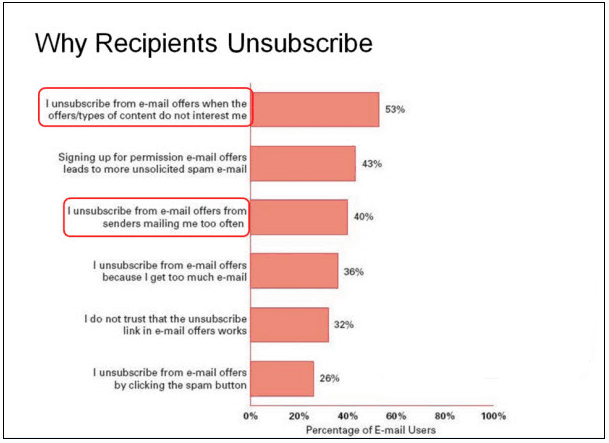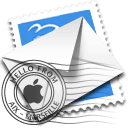New Marketing Technology
 Earlier this week we published a blog post entitled “marketing automation challenges – avoiding status quo”. Our second post in the marketing automation challenges series covers new marketing technology. The primary challenge marketer’s face in adopting new marketing technology is lack of awareness. Marketers need to know that new marketing technology exists that represents today’s minimum marketing requirements.
Earlier this week we published a blog post entitled “marketing automation challenges – avoiding status quo”. Our second post in the marketing automation challenges series covers new marketing technology. The primary challenge marketer’s face in adopting new marketing technology is lack of awareness. Marketers need to know that new marketing technology exists that represents today’s minimum marketing requirements.
Let’s begin by comparing old marketing technology with new marketing technology. The marketer using old marketing technology feels their “batch and blast” email program works just fine. They use the email program to send the same email bi-weekly, monthly, quarterly or bi-annually to their entire database. They track opens and clicks to measure campaign effectiveness. Sadly, they feel this is adequate.
Conversely, the modern marketer uses new marketing technology to communicate with prospects and customers. The modern marketer uses marketing segmentation and sends tailored email communications to related groups within their database on behalf of sales (appearing to come from the sales person). They schedule a series of relevant email communications and track how recipients respond and interact over time. They setup optimized landing pages and use lead tracking technology for lead capture. Finally, their new marketing technology automatically qualifies leads for sales and alerts sales when a hot lead is ready to buy.
Additionally, the modern marketer integrates newsletters, testimonials, content libraries, events and more into their company’s website and uses landing pages and other opt-in strategies to grow a segmented database.
Are you a marketer using old or new marketing technology? Below is a table that further compares old marketing technology to new marketing technology. Lead Liaison provides new marketing technology that transforms Flinstone marketers into Jetson marketers. Please ping us if you’re still in the Flinstone era!
Comparing Old to New Marketing Technology:
| Old Marketing Technology | New Marketing Technology |
| “Batch and blast” email marketing tool | Intelligent, closed-loop email marketing |
| Communication to a single database of contacts | Ability to quickly and easily segment database by various parameters such as demographics, company information and interests |
| Leave contacts that have hard bounces in their database | Marks the contact as “graveyard” status and/or adds “email opt-out” automatically to the record |
| Automatically opt-in contacts to their batch and blast email | Uses landing pages, web forms, email campaigns and email client plug-ins to opt-in contacts |
| Manually pull reports to count opens and link click through | Real-time updates of whose interested and when. Tracks current and future page views to build a prospect profile and prepare sales |
| Subjectively qualifies leads | Uses automated lead scoring technology to find only the hottest leads ready to speak with sales |
| Uses google analytics to measure website traffic | Uses real-time lead tracking technology to identify businesses and people visiting your site |
| Relies on web forms to capture information | Uses real-time lead tracking technology to capture web form submissions as well as general website visits |
| Has no way of auto-responding to leads | Uses intelligent automated campaigns to send relevant, personalized and automatic email communications based on a prospects interaction with your website and marketing content |
| Consults a web master or IT group to build a landing page or web form | Marketers do it themselves using PowerPoint-like tools to visually build web forms and landing pages in minutes |
To be alerted of future posts, please click on the RSS button.












